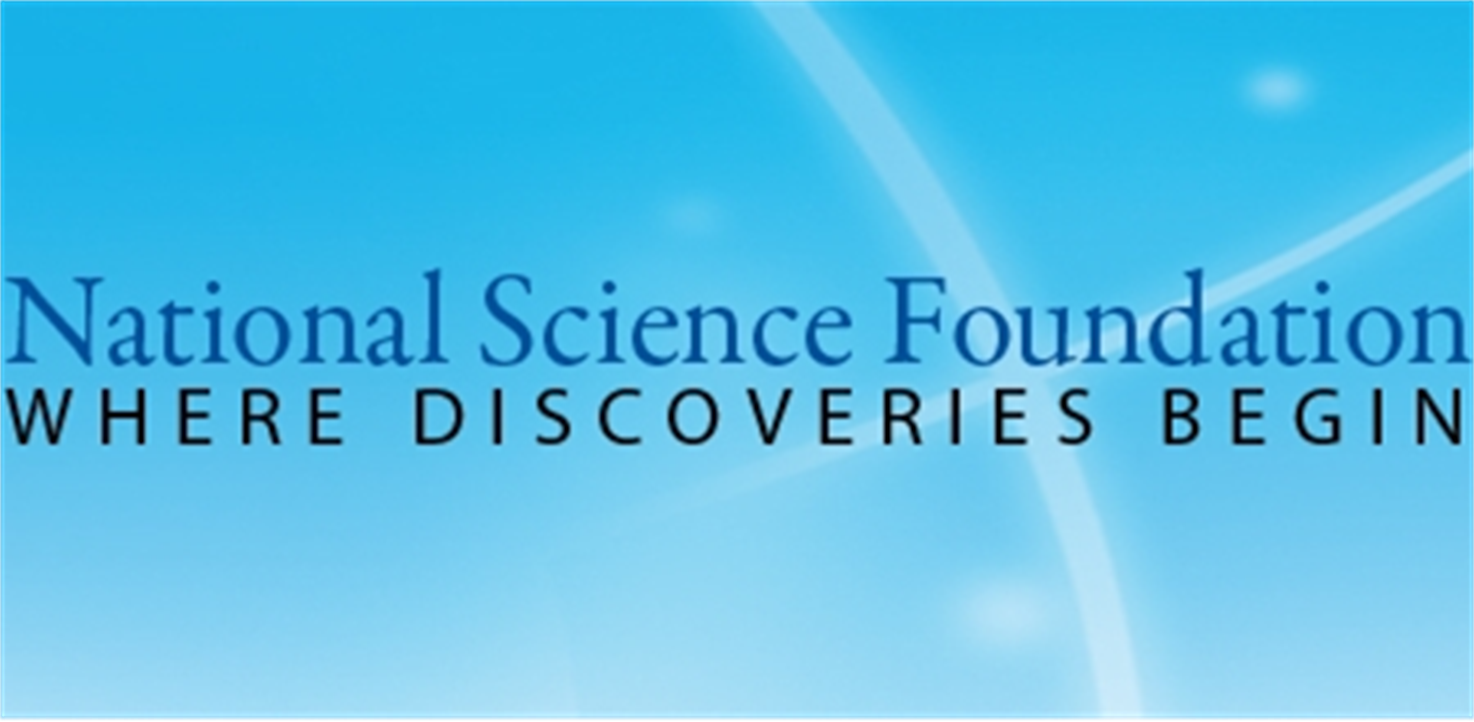UAB receives an astounding 4 NSF grants totaling $5.4 million – 3 in neuroscience
Four teams of researchers at the University of Alabama Birmingham were recently awarded National Science Foundation grants totaling $5.4 million. One of these teams is in the College of Arts and Sciences’ Department of Chemistry, while the other three are neuroscience teams.
The NSF’s EPSCoR grants aim to stimulate competitive research in states whose major research universities have not historically received as much research funding as those in other states. 25 states, two territories, and one commonwealth are currently qualified to receive EPSCoR grants. Including one other EPSCoR grant that supports research teams at the University of Alabama, Tuscaloosa, the state of Alabama has more EPSCoR Track II grants than any other state. In fact, no other state has ever had five.
One funded team is studying a current approach to epilepsy surgery that involves two surgeries. The first surgery implants electrodes into the patient’s brain for a two-week monitoring period to map the location of the seizures, while the second surgery removes the section of the brain causing the seizures. The researchers’ goal is to create a technique for noninvasive brain mapping that would make the first surgery unnecessary. The researchers will use magnetoencephalography (MEG) to map electrical activity in the brain. The map will then provide information to the neurosurgeons on what part of the brain to excise.
Another neuroscience team is studying new tools for optogenetics, a field that uses light to control cells in living tissues by activating light-sensitive ion channels introduced into cells by genetic techniques. The project will create technology to control the light-sensitive channels with x-rays, so neurons in the brain can be controlled from outside the body.
The third neuroscience team will use a very sophisticated infrared laser and microscope to look beneath living brains into neurons and visualize blood flow in the capillary beds. Blood flow in the brain indicates neural activity, but current imaging techniques with fMRI does not produce a sharp picture and only produces indirect measurements of neural activity.
The grant given to a researcher in UAB’s Department of Chemistry will be aimed at monitoring the quality of water on the Gulf Coast, an area prone to pollution from trading ports, off-shore oil wells, and other production sites.




